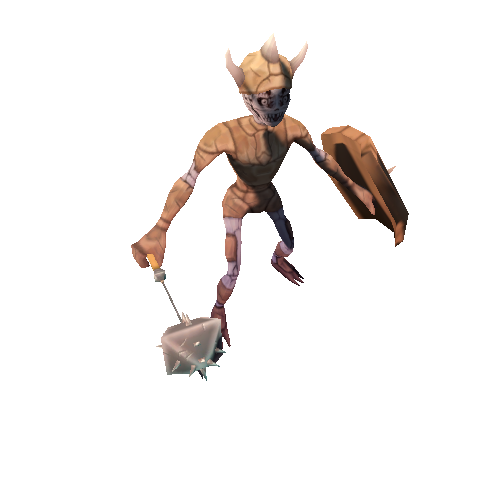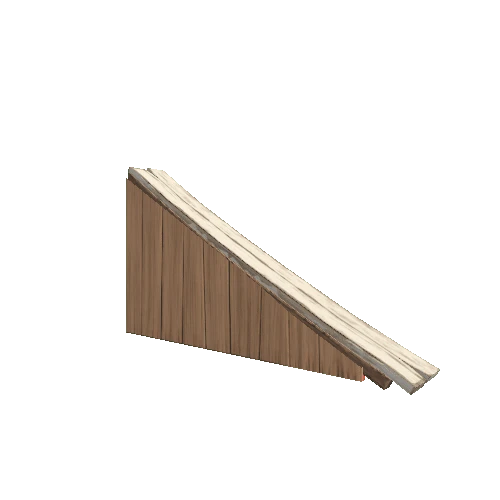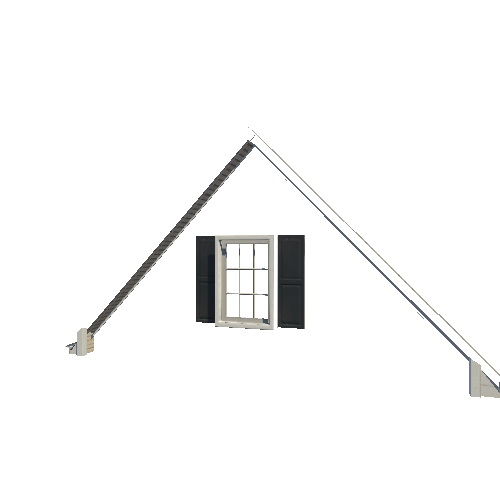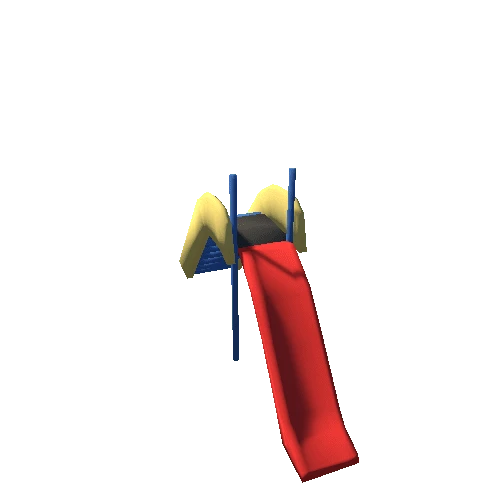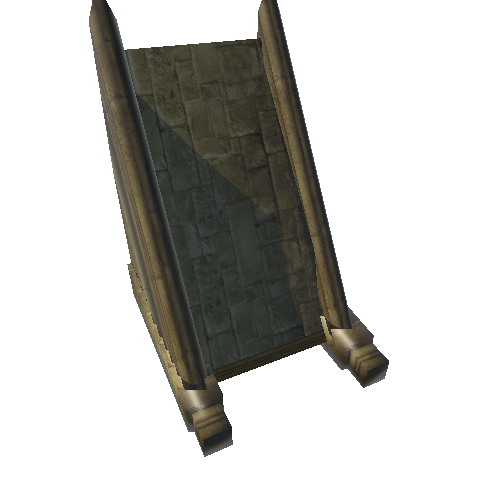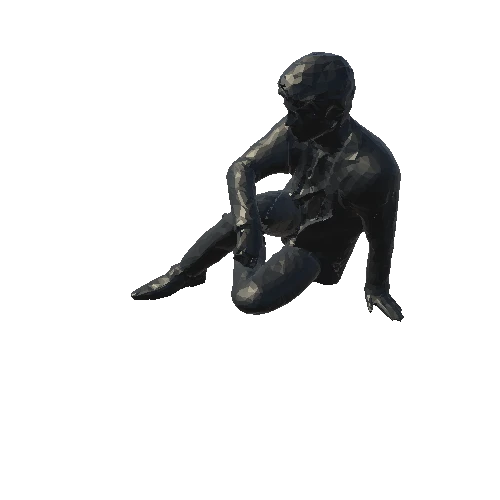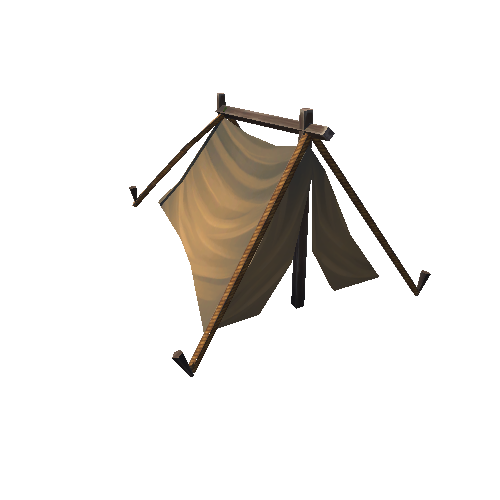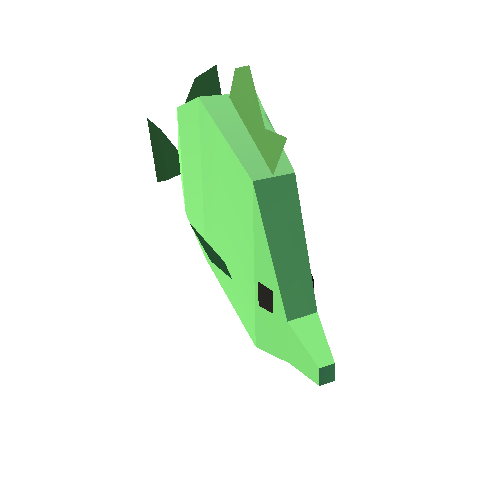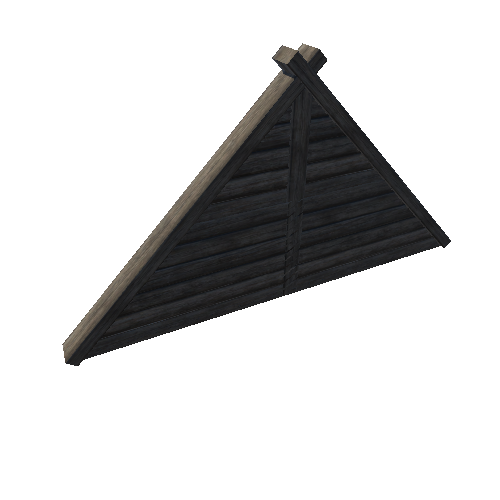Select or drop a image or 3D model here to search.
We support JPG, JPEG, PNG, GIF, WEBP, GLB, OBJ, STL, FBX. More formats will be added in the future.
Asset Overview
The steep coast in the northeast of Rügen Island is composed of a sedimentary sequence containing chalk (Cretaceous) and glacial deposits (Quaternary). The soft chalk represents shallow marine deposits of Late Cretaceous age (ca. 70 Ma), while the glacial deposits (ca. 20 ka) indicate a formation by glacier movement, deposition in glacial lakes and channels. The entire structure of Northeast Rügen shows a glacitectonic fold and thrust belt at a scale that is markedly smaller than found in orogenic belts. The Wissower Klinken represent the result of complicated fault-related folding in different deformation events related to the advances of the Scanidinavian Ice Sheet.
This model is part of the project “30 Geotope³”, which celebrates the 175 anniversary of the German Geological Society DGGV (https://www.dggv.de/startseite.html). Project website: https://digitalgeology.de/en/
The model was created by Anna Gehrmann (University of Greifswald).


